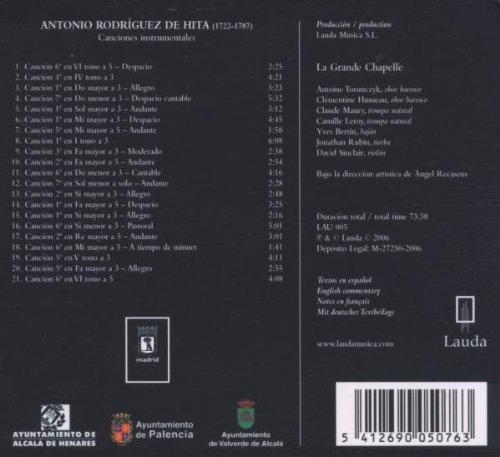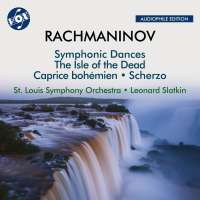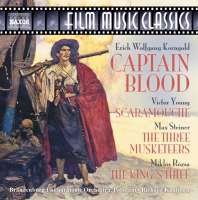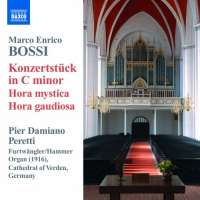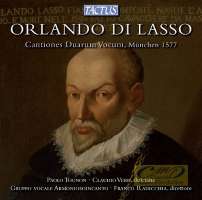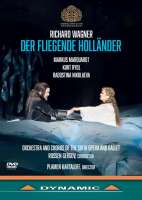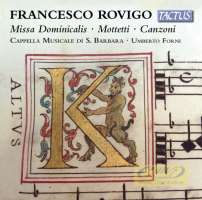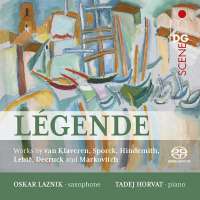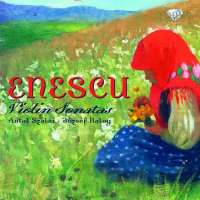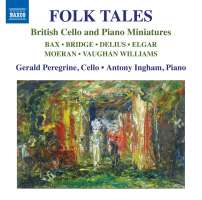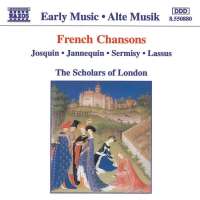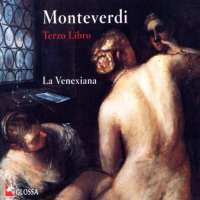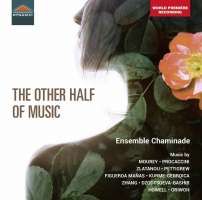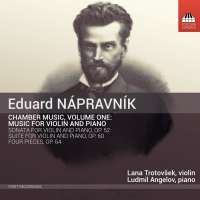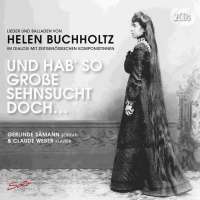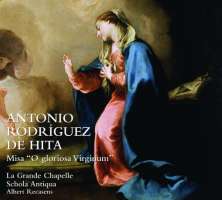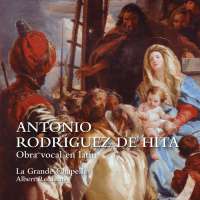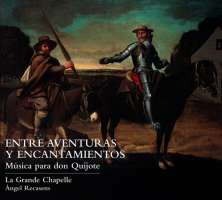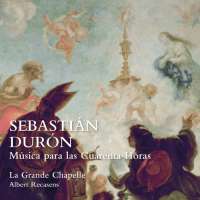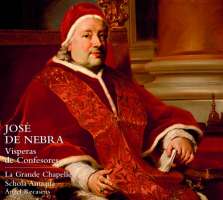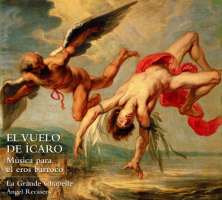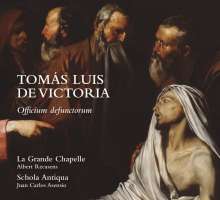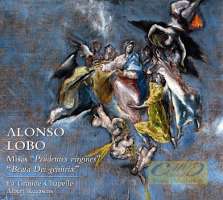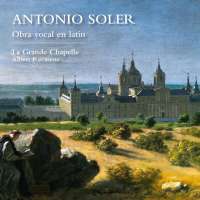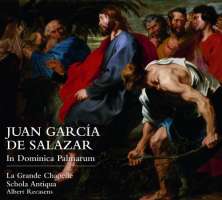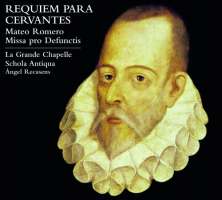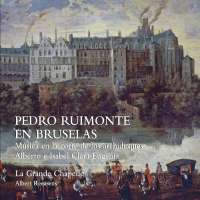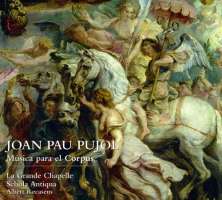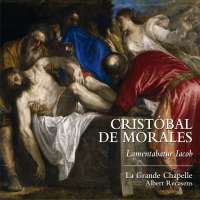
kompozytor
Rodríguez de Hita, Antonio
tytuł
Rodríguez de Hita: Instrumental canciones
wykonawcy
La Grande Chapelle;
Recasens, Angel
Recasens, Angel
nr katalogowy
LAU 005
opis
Many have been eagerly awaiting the recording of the instrumental songs from Antonio Rodríguez de Hita´s Escala diatónico-chromático-enharmónica (1751). With good reason, since this work is one of the rare extant examples of eighteenth-century Spanish instrumental music intended for religious use. Antonio Rodríguez de Hita (1722-1787) is one of the most important figures of Spanish music of the second half of the eighteenth century. As a youth, he was the maestro de capilla and organist at the Alcalá de Henares collegiate church, and in 1744, he was appointed maestro at the cathedral of Palencia, where he remained for more than twenty years. From 1765 until his death in 1787, Rodriguez de Hita occupied the same position at the Real Monasterio de la Encarnación in Madrid, then one of Spain´s most prestigious royal institutions. Together with the playwright Ramón de la Cruz, he led the revival of the zarzuela during the second half of the eighteenth century, with works such as Las segadoras de Vallecas (1768) and Las labradoras de Murcia (1769), which served as models of the comic costumbrista genre, clearly indebted to the opera buffa, in the following decades. Nevertheless, the large majority of Rodríguez de Hita´s works – about 250 in all – were religious. The collection of instrumental works known as the Libro para las chirimías dates to his years in Palencia, and constitutes a cycle of short pieces organized according to key and mode, to be performed by five instrumental soloists – two oboes, alto and two horns – as well as the bass. Rodríguez de Hita wrote this repertory as music for religious celebrations and to fit the needs of the cathedral of Palencia. As indicated by the title and specified in the appendix, these songs were written for the processions, masses and instrumental interludes of the religious festivities of the cathedral of Palencia, and chiefly for its Corpus Christi celebrations. The program chosen for this recording is of an exceptional beauty and variety. The clarity and texture of the lines, owing to the fact that the music was written for a group of soloists, shines through this recording. This first world recording with original instruments is also beautifully presented. This recording has made it possible for a fascinating collection of instrumental works to finally claim its place, long overdue, and also pays tribute to one of the most daring and innovative musical talents of eighteenth-century Spain.
nośnik
CD
gatunek
Muzyka klasyczna
producent
Lauda
data wydania
21-08-2012
EAN / kod kreskowy
5412690050763

(Produkt nie został jeszcze oceniony)
cena 79,00 zł
lubProdukt dostepny w niewielkiej ilości.
Wysyłka w ciągu 3 dni roboczych
Darmowa wysyłka dla zamówień powyżej 300 zł!
Darmowy kurier dla zamówień powyżej 500 zł!
sprawdź koszty wysyłki